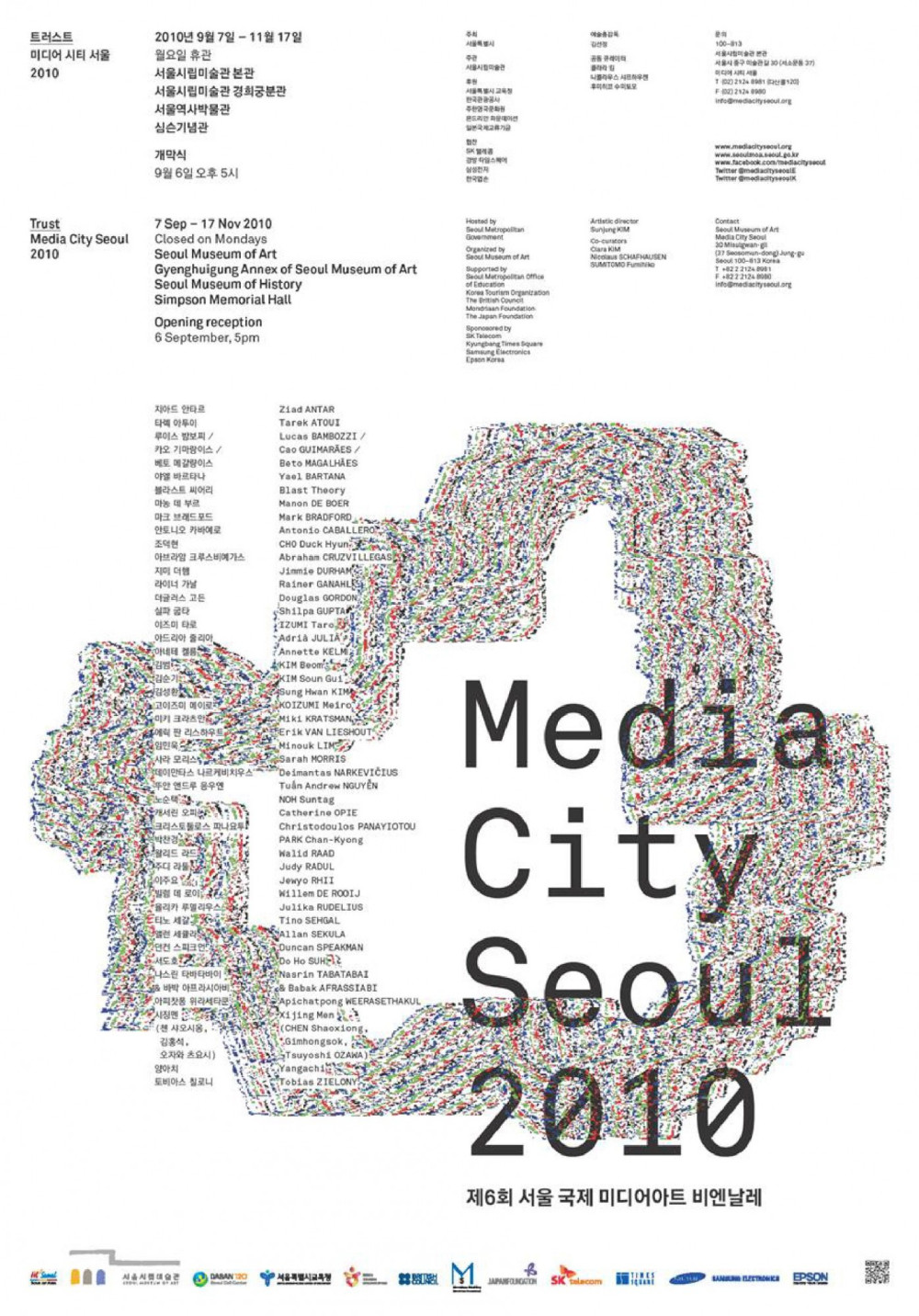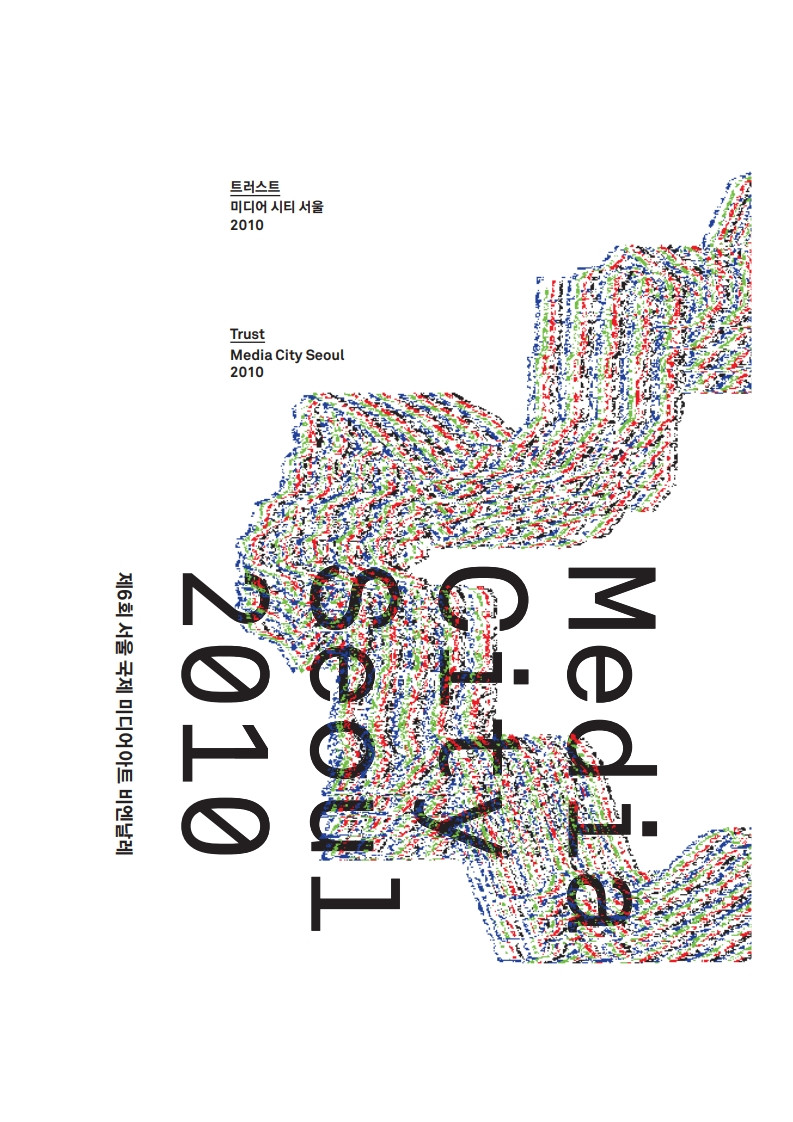Minouk Lim’s work springs from an exploration of personal and everyday subjects. Through installation work and performance, the artist interrogates the collective memory of communities to recover realities that had been plunged into oblivion.
Adopting the format of a road-movie style performance, The Weight of Hands is a singlechannel video shot with an infrared camera. While Lim’s previous works employed speed and light in order to decipher the spatial and temporal meaning of cities being devastated by developmentalism, her present work uses temperature and heat to capture space and nature that are “already belated.” This new work follows a special tour bus that conveys its passengers on a pilgrimage, visiting places where human presence is prohibited. As the restricted spaces and soon-to-be vanished sceneries absorb the warmth from the bodies of the pilgrims, they emerge from the darkness, captured on the infrared camera as different shapes and forms of color and light. In the illuminated interior of the tour bus, the only place where the human presence is permitted, a woman begins to sing. After climbing the bus seats, the singer, symbolized as “the flux,” allows herself to be raised up and passed from person to person by the pilgrims. Though the camera lens is at times obscured by hands during the performance, the artist imagines these gestures to be conducive to the flux, creating a sense of lightness rather than weight.
Throughout the work, the artist evokes feelings of loss, helplessness and alienation caused by the pervasive ideology that insists on developing nature “for the common good.” By using an infrared camera (conventionally used for surveillance purposes), The Weight of Hands infiltrates two closed off entities— nature (subject to the whims of developers) and spaces (hidden in darkness and prohibited from occupying)—falling back on our sense of touch when our sense of sight fails us. In this way, the work proposes the term “Sightseeing” alternatively as “SightTouching,” revaluating the work’s images as a medium for perceiving heat and weight.

